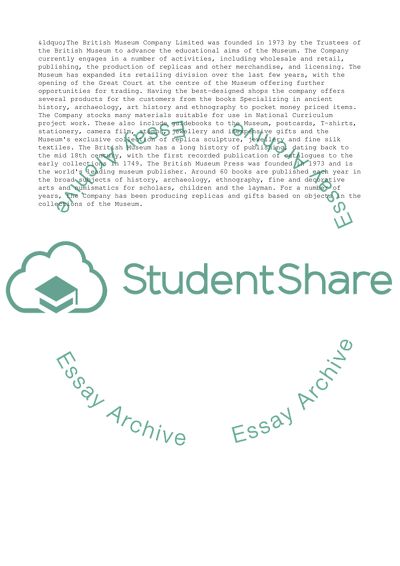Cite this document
(“Museums and the Advantage of the Product Differentiation Research Paper”, n.d.)
Museums and the Advantage of the Product Differentiation Research Paper. Retrieved from https://studentshare.org/management/1522496-strategic-management-essay-museum-management
Museums and the Advantage of the Product Differentiation Research Paper. Retrieved from https://studentshare.org/management/1522496-strategic-management-essay-museum-management
(Museums and the Advantage of the Product Differentiation Research Paper)
Museums and the Advantage of the Product Differentiation Research Paper. https://studentshare.org/management/1522496-strategic-management-essay-museum-management.
Museums and the Advantage of the Product Differentiation Research Paper. https://studentshare.org/management/1522496-strategic-management-essay-museum-management.
“Museums and the Advantage of the Product Differentiation Research Paper”, n.d. https://studentshare.org/management/1522496-strategic-management-essay-museum-management.


